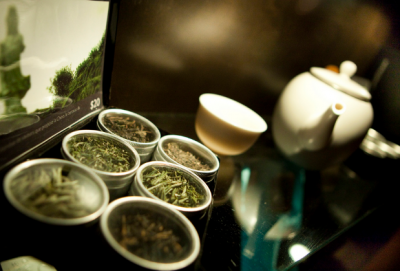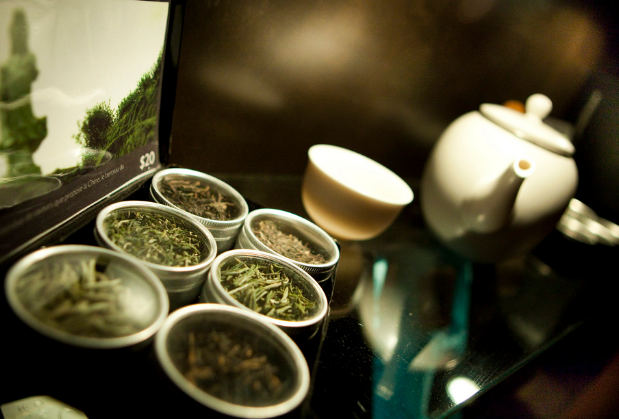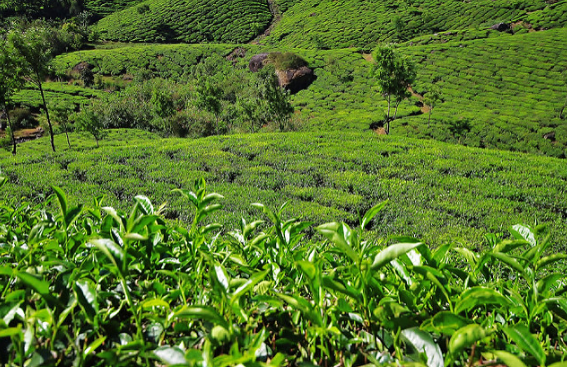To make the only person in China enjoy the white tea, the youngest tea buds of evergreen bush of Camelia sinensis would be collected, flattened out, mixed with outer leaves, washed carefully with spring water, dried outside and then grinded to dust. However, the process was then modified in 12th century when noticed that other leaves were added to the tea.
The white tea got its name because of white fibers covering the buds and leaves.
Today, the white tea is usually cultivated in Chinese province of Fujian, also in Nepal, Northeast India, Thailand, Taiwan, and South Sri Lanka. During the spring, from March to April, the gatherers start their meticulous work at 5 until 9 AM. They are forbidden to eat onion, garlic and spices, so that the smell wouldn’t affect the scent of young leaves and buds. The crops are then left for 72 hours so they can fade slightly, and then dried under the temperature of 149°F.
The longer the raw material is left under the oxygen, the darker it gets.
All this intensive process allows to keep intact the nutrients and natural color of the tea, making it delicious and unbelievably healthy, because most antioxidants, polyphenols, catechins, flavonoids and tannins are kept.
There are several types of white tea. “Silver Needle” and “White Peony” are considered the best, while “Show Mei” and “Gong Mei” have less quality. There are also Ceylon, African, Darjeeling and Himalayan White Tea.
This is what the poets who sang about the Emperor’s tea gardens were saying about them: “White as clouds. Green as dream. Clean as snow and fragrant as orchids”.
So why the white tea is so healthy?
By having many polyphenol antioxidants, it protects the white cells from the damage of free radicals. The polyphenols act as a shield, keeping the cells from toxins that cause chronical diseases and weaken the immune system. In addition, the polyphenols reduce the risk of insulin resistance which causes the type 2 diabetes, metabolic syndrome and heart diseases.
Daily consumption of the white tea also normalizes the cholesterol level in blood, preventing it from oxidizing. It also helps to normalize the function of the blood vessels and prevents arteria thrombosis.
Chronical inflammation and free radicals are suppressing the cells that help the bones to grow and stay healthy, which causes their degradation. The results are weakening the bone tissue and osteoporosis. The catechins in the white tea are fighting the inflammation, reducing the risk of osteoporosis and other bone diseases.
Catechins and epigallocatechingallate in the white tea help to reduce the risk of Parkinson and Alzheimer syndromes. They prevent the accumulation and agglutination of the proteins, the main causes these diseases.
In addition, the catechins prevent the calcium oxalate from appearing in the kidneys, keeping them healthy.
The white tea raises the fertility and men’s reproduction system. In addition, antioxidants prevent the s kin from aging and improves oral health.
-To make a good white tea, it is necessary to heat the water until 167-185°F , pour it on the leaves, leave it for 5 minutes and enjoy. The same leaves can be used 2 or 3 times. The proportion is 1 tbsp. per 8 cups of water. Drink white tea two or three times a day after meal, but do not drink it at night.







